Clients benefit from advanced skin resurfacing with impressive results and minimal downtime.
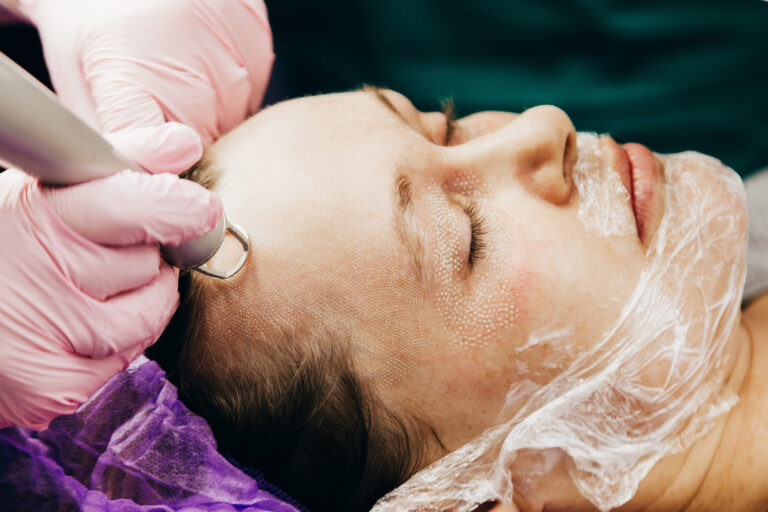
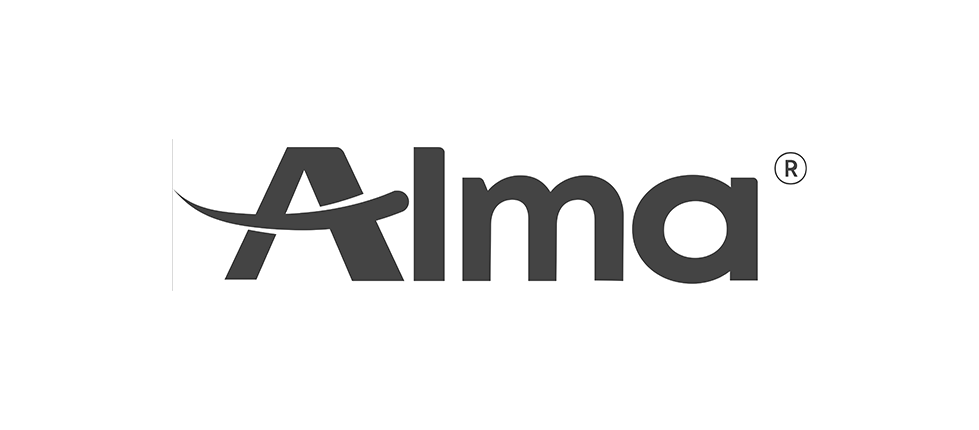
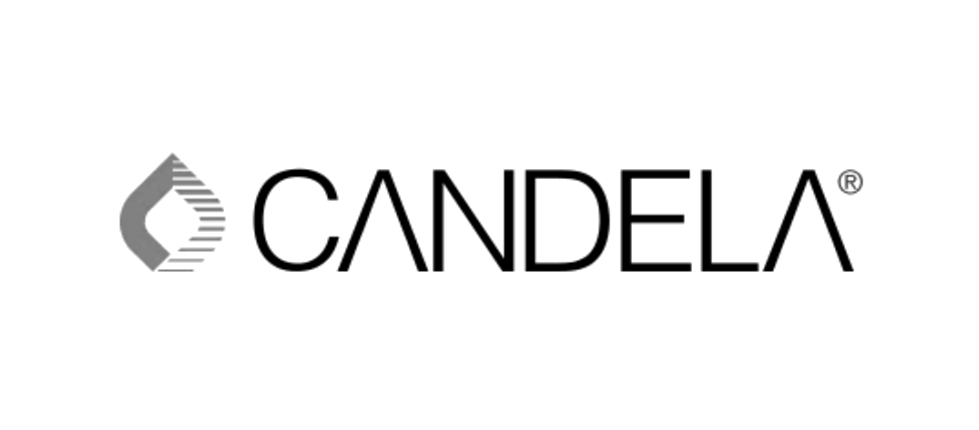
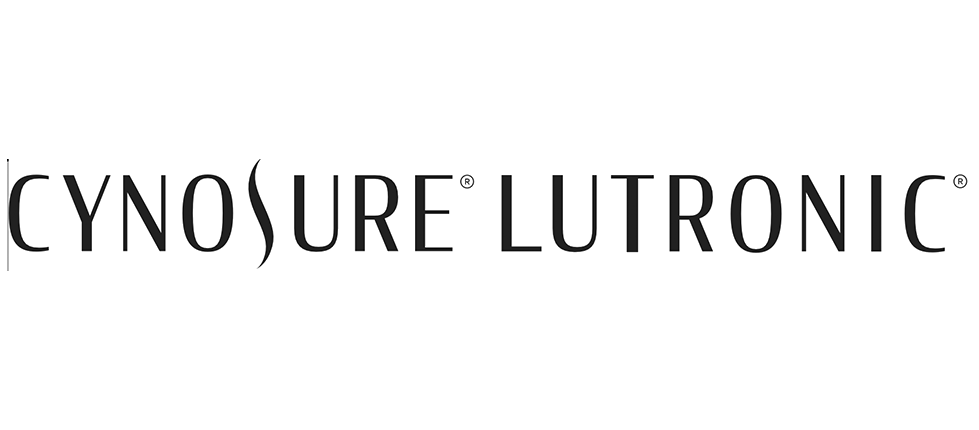
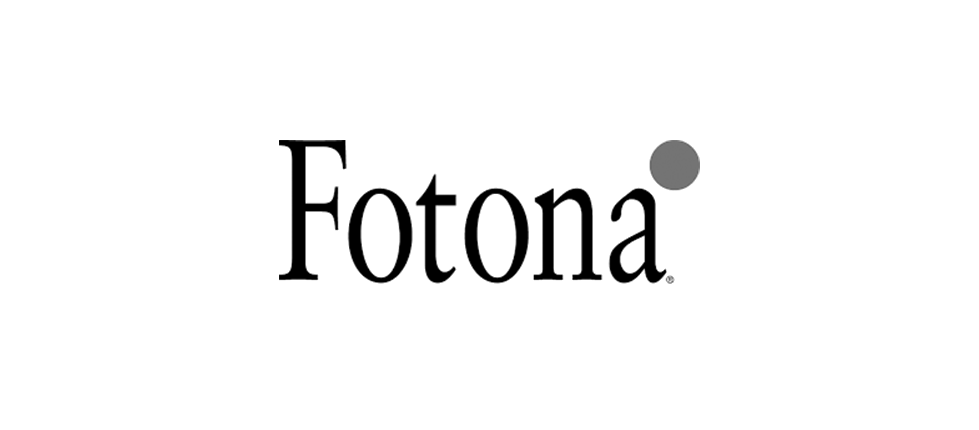
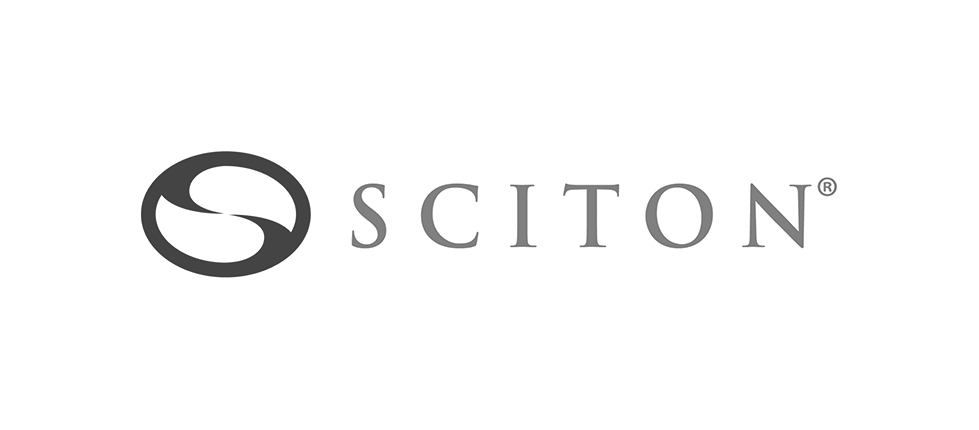
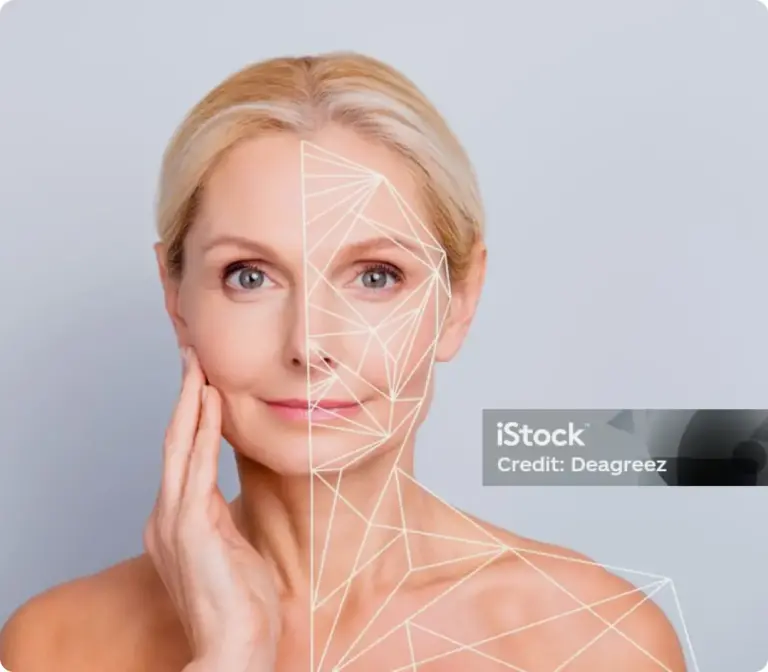

Treatments vary based on the patient’s needs and skin characteristics, and the skill level of the provider.
Erbium lasers do not penetrate as deeply as fully ablative CO2 lasers, making them better for fine lines.
Initially, the skin may feel tender, leading to itchiness and discomfort.
Erbium treatments can effectively treat wrinkles, sun damage, age spots, and stretch marks
Medically reviewed by
Dr. Christina Mitchell, MD | Dermatologist
Erbium lasers allow precision targeting of small areas, causing less thermal damage than CO2 lasers. This precision of the Eribium laser leads to shorter recovery times, less swelling and bruising, and safe use on sensitive areas of the face.
Additionally, erbium treatments stimulate collagen production, which tightens and smooths the skin, and can effectively treat various skin conditions including wrinkles, sun damage, age spots, acne, scars, and stretch marks.
A variety of erbium laser options are currently available, and your provider will assist in choosing the most suitable device, treatment intensity, and session frequency to achieve the best possible outcomes. They have the expertise to customize erbium laser skin resurfacing treatments based on the patient’s needs and skin characteristics..
In addition to addressing aging signs and damaged skin, laser resurfacing can effectively target a diverse range of other concerns with reduced downtime compared to CO2 laser treatments.
Due to their targeted pigment capabilities, erbium lasers may present potential risks for people with medium to deep skin tones. While a less intense treatment may be possible, it is highly recommended to seek guidance from a skilled physician experienced in treating individuals with olive, brown, and deep skin tones to assess the appropriateness of this treatment option.
Additionally, multiple treatments may be necessary as erbium lasers do not penetrate as deeply as fully ablative CO2 lasers.
The downtime required for skin treatments can vary from several days to a week, depending on the intensity of the erbium laser treatment. During recuperation, it is typical for the skin to swell and develop a rough texture. Initially, the skin may feel tender, leading to itchiness and discomfort.
Ensuring the protection and retention of skin moisture during the healing phase is essential. This includes using ointments and heavy creams and gradually shifting towards lighter creams and serums as skin healing progresses.
Recovery and results usually span just a few days, during which the skin may undergo flaking and peeling. However, it may take over a week for more intense erbium treatment, and full results may take several months for collagen and elastin to be fully regenerated.
It is important to exercise caution with this laser technique, as it may not be suitable for individuals with skin types IV-VI, according to the Fitzpatrick scale, due to the heightened potential for hyperpigmentation. Nor is it recommended for a patient on Accutane or who has completed an Accutane course within the previous six to 12 months. Anyone with melanated or pigmented skin should seek a provider with extensive experience treating melanated skin.
The cost of an erbium laser session typically ranges from $1,500 to $3,000. The price can vary depending on factors such as location, type of laser, and the skill level of the provider.
Skill level is particularly important when using this type of laser. The cost may be higher in areas with higher living expenses or in facilities with state-of-the-art equipment. It is essential to choose a highly skilled provider when considering erbium laser treatment.
When an Er:YAG laser pulse is administered, the flashlamp-pumped crystal lasing medium emits light energy, which is absorbed by water in the epidermis and papillary dermis, resulting in two effects that facilitate skin rejuvenation. Firstly, the epidermis vaporizes, necessitating the dermal appendages (hair follicles and sweat glands) to regenerate the skin during the healing process. Secondly, thermal injury in the dermis stimulates collagen production, enhancing the appearance of photodamaged skin while reducing visible rhytids and scars. Additionally, the vaporized water acts as a heat sink, reducing the thermal damage to surrounding tissues. This cooling effect enables Er:YAG lasers to pass over the same target area multiple times in a single treatment session with reduced risk of causing burns, leading to improved outcomes with fewer treatment sessions.